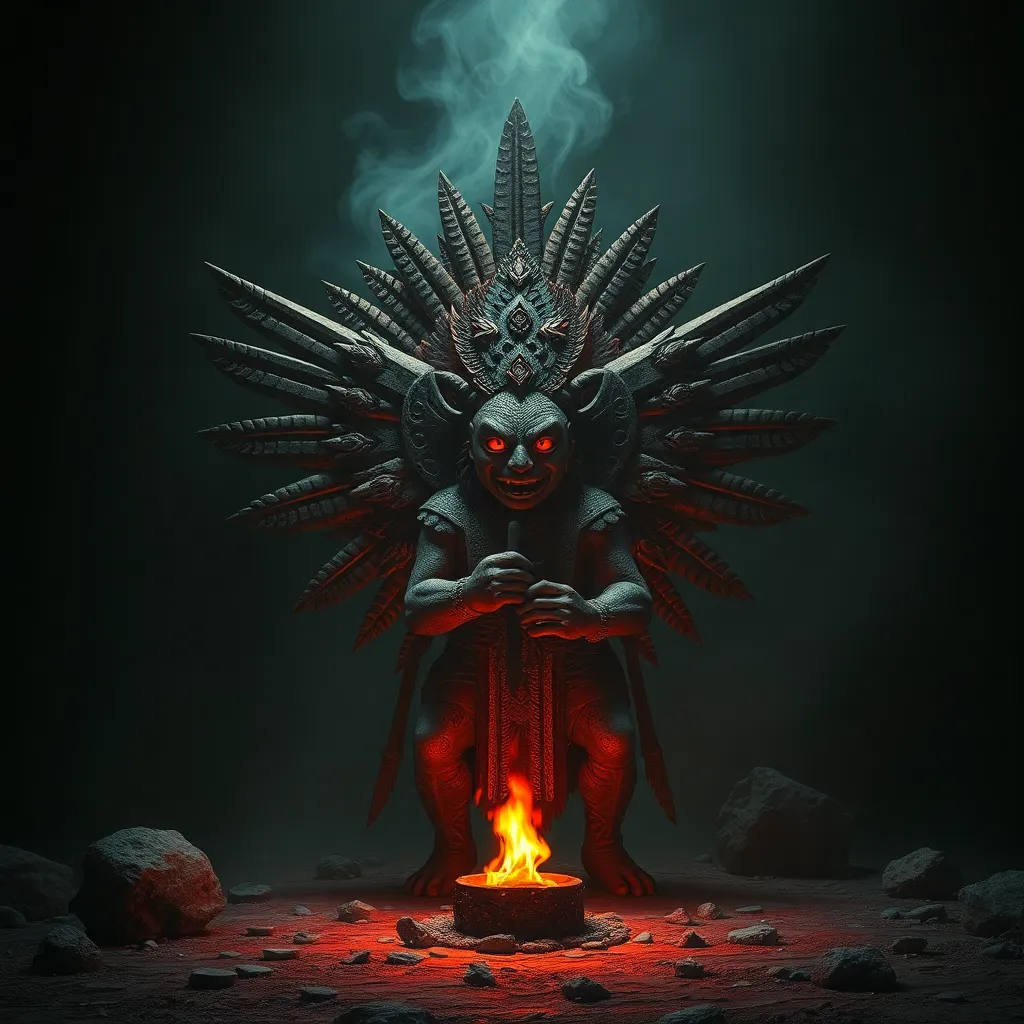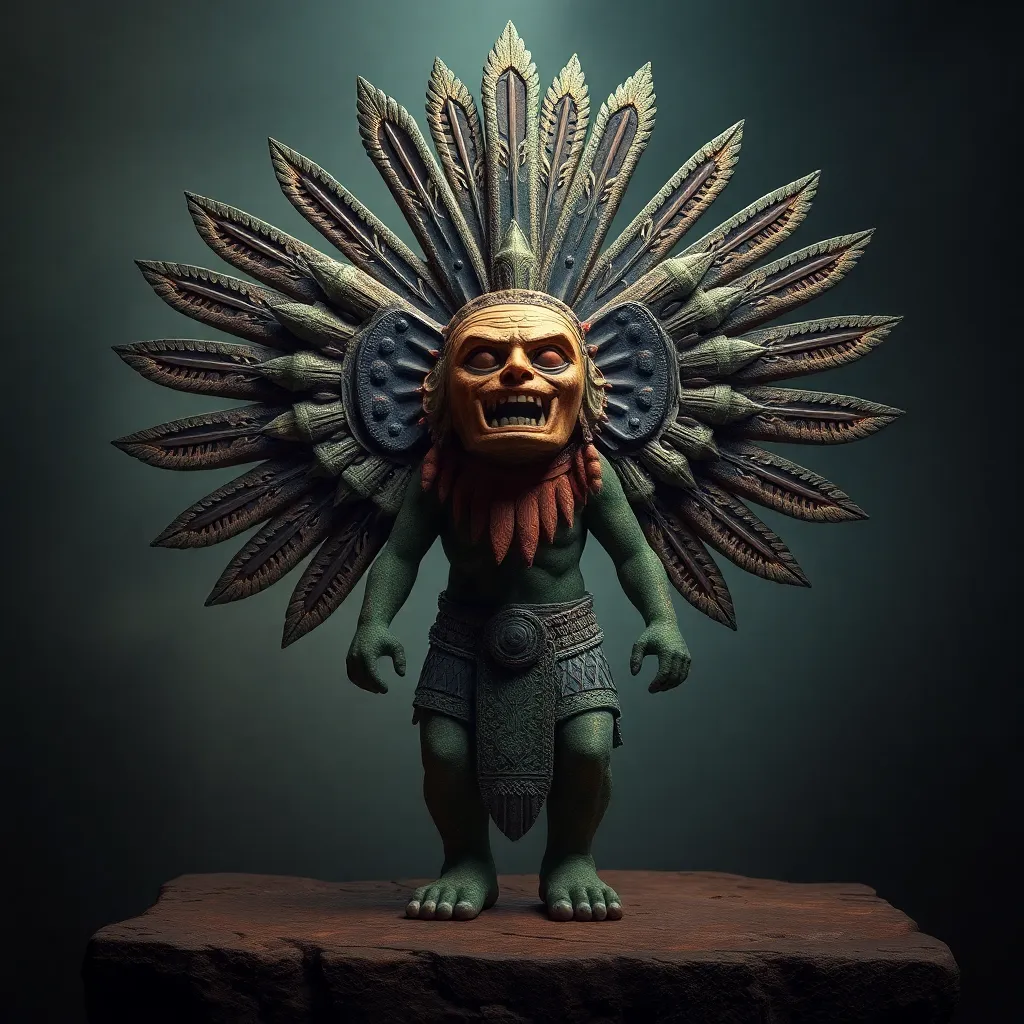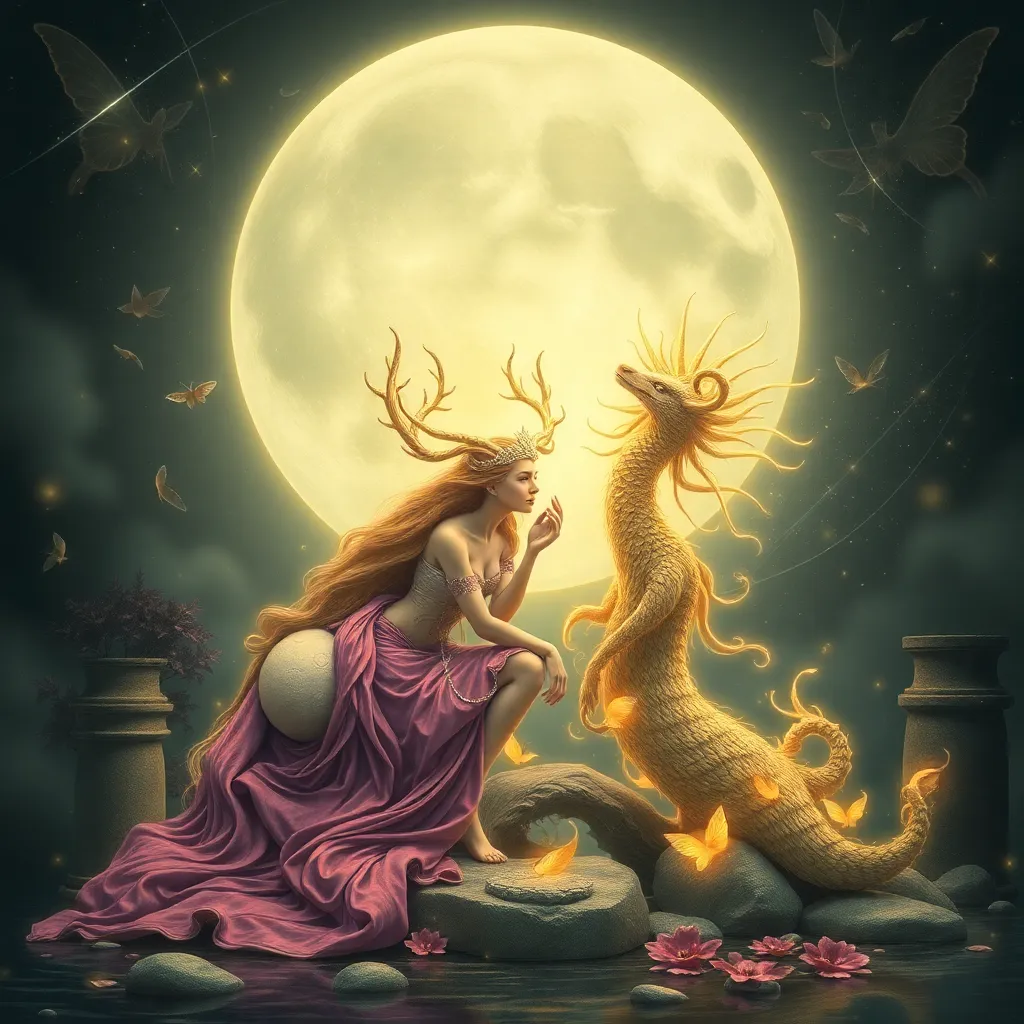The Ahuizotl: A Tale of Sacrifice and the Power of the Underworld
Introduction to the Ahuizotl
The Ahuizotl is a fascinating creature from Mesoamerican mythology, particularly prominent in Aztec lore. Described as a dog-like beast with a hand at the end of its tail, the Ahuizotl embodies themes of danger and the unknown lurking beneath the surface of life. This creature not only serves as a reminder of the perilous nature of water bodies but also symbolizes the deeper metaphysical connections to sacrifice and the underworld.
Historically, the Ahuizotl has played a significant role in Mesoamerican culture, representing the thin veil between life and death and the necessity of sacrifice to appease the gods. Throughout this article, we will explore the origins, features, legends, and the overarching themes of sacrifice and the underworld associated with the Ahuizotl.
Origins of the Ahuizotl in Aztec Mythology
The Ahuizotl’s roots can be traced back to the rich tapestry of Aztec and Nahuatl mythology. This creature is often associated with water sources, particularly rivers and lakes, where it is said to dwell. Its name, derived from Nahuatl, translates roughly to “water beast,” indicating its aquatic nature.
In Aztec cosmology, the Ahuizotl is sometimes linked to other mythological beings, such as Tlaloc, the god of rain and water, and Xolotl, the god of death and the underworld. These connections highlight the Ahuizotl’s role as a guardian of the waters and a harbinger of the fate that awaits those who venture too close to its domain.
Physical Features and Symbolism
The Ahuizotl is described as a creature resembling a dog or a wolf, with a sleek, dark body and an elongated snout. Its most distinctive feature is the hand at the end of its tail, which it uses to drag unsuspecting victims into the depths of the water. This grotesque characteristic serves as a potent symbol of the duality of life and death, illustrating the thin line that separates existence from the void.
- Appearance: Dog-like body, elongated snout, sharp teeth.
- Tail: Ends in a human-like hand used for dragging prey.
- Symbolism: Represents danger, the unknown, and the connection between life and death.
The Ahuizotl embodies the concept of transformation, suggesting that the waters it inhabits are not merely a source of life but also a gateway to the underworld, where souls are judged and transformed.
Legends and Folklore: Tales of the Ahuizotl
Throughout Mesoamerican cultures, numerous legends involving the Ahuizotl have emerged, each with unique interpretations and moral lessons. One of the most notable tales recounts how the Ahuizotl would lure fishermen and travelers with its cry, resembling the sound of a crying child. Once close enough, it would strike, dragging them into the depths, never to return.
Variations of this tale can be found across different cultures, emphasizing caution around water bodies and respect for nature’s forces. These stories often serve as cautionary tales for children and adults alike, teaching important lessons about hubris and the need to maintain harmony with the environment.
The Concept of Sacrifice in Ahuizotl Lore
Sacrifice is a central theme in Aztec culture, deeply intertwined with the Ahuizotl’s narrative. The Aztecs believed that sacrifices, whether human or animal, were essential to appease the gods and ensure the continuation of life. The Ahuizotl, as a creature representing the balance between the living and the dead, is often seen as a symbol of this necessary sacrifice.
Rituals involving the Ahuizotl were believed to maintain the balance between the world of the living and the underworld. These rituals often included offerings to water deities and prayers for safe passage across water bodies. Here are some aspects of sacrifice in relation to the Ahuizotl:
- Ritual Sacrifices: Offerings made to appease the Ahuizotl.
- Symbol of Balance: Maintaining equilibrium between life and death.
- Connection to Nature: Understanding and respecting the forces of nature.
The Underworld: Xibalba and Its Connection to the Ahuizotl
Xibalba, often referred to as the underworld in Mesoamerican beliefs, plays a critical role in the mythology surrounding the Ahuizotl. This realm is depicted as a dark, dangerous place filled with trials and challenges for souls seeking passage after death. The Ahuizotl’s association with water creates a bridge between the world of the living and Xibalba, emphasizing the belief that bodies of water are gateways to the afterlife.
In this context, the Ahuizotl can be interpreted as both a guardian of the waters and a harbinger of death, serving as a reminder of the inevitable fate that awaits all living beings. Its presence in folklore acts as a warning of the dangers that lie beneath the surface, urging individuals to tread carefully and respect the boundaries between worlds.
Modern Interpretations and Cultural Impact
In contemporary times, the Ahuizotl has found its way into literature, art, and media, reflecting its enduring legacy in Mesoamerican culture. The creature has appeared in various forms, from horror stories to fantasy novels, capturing the imagination of audiences worldwide.
Moreover, the themes of sacrifice and the underworld resonate in today’s society, often symbolizing the struggles individuals face in their lives. The Ahuizotl serves as a reminder of the importance of acknowledging one’s fears and the sacrifices necessary to overcome them.
Some modern interpretations include:
- Literature: Appearing in novels that explore themes of mythology and identity.
- Art: Represented in various artistic forms, celebrating Mesoamerican heritage.
- Media: Featured in films and documentaries highlighting indigenous cultures.
Conclusion: The Legacy of the Ahuizotl
The Ahuizotl remains a significant figure in Mesoamerican mythology, embodying the themes of sacrifice and the power of the underworld. Its tales serve as cautionary reminders of the delicate balance between life and death, urging respect for nature’s power and the inevitability of sacrifice.
As we reflect on the Ahuizotl’s legacy, it becomes clear that preserving such myths is crucial for understanding cultural histories and the lessons they impart. The enduring nature of the Ahuizotl in modern interpretations ensures that its story continues to resonate, reminding us of the complexities of existence and the sacrifices that shape our lives.




